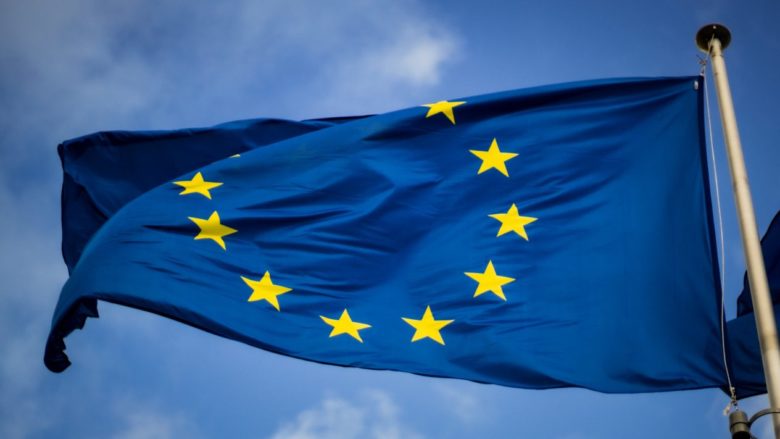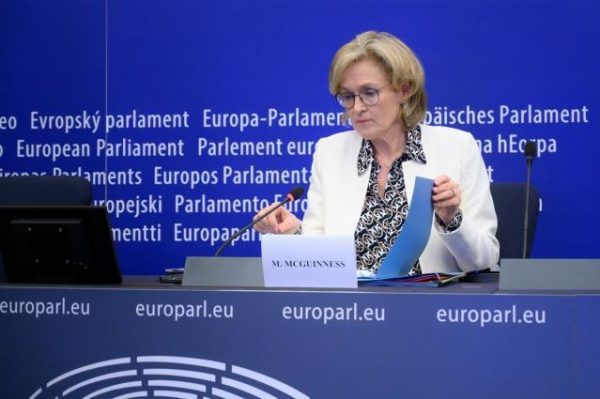EC with a new Sustainable Finance Strategy: What comes next?

If the economic system fails to adapt to climate change, global GDP (gross domestic product) could shrink by approximate 1/5 by 2100. The effects would be catastrophic considering the population is expected to grow to almost 11 billion people by then. Without the appropriate economic development, there is a risk of mass hunger and poverty. This is the result of a current risk assessment by the European Central Bank (ECB).
ECB President Christine Lagarde warns: “These results underscore the importance of climate policy and changes in the economic system (…) in order to limit the long-term destruction of the economy, trade, and our livelihoods.”
The European Commission (EC) is also aware of the seriousness of the situation and presented a comprehensive package of draft laws and strategy papers at the beginning of July.
The “New Sustainable Finance Strategy“ aims to ease the transition to a sustainable economic system. The implementation of the Strategy is expected by the end of 2023 by all Member States.
Meanwhile, the EC published the draft of a “European Green Bond Standard”, a voluntary standard and set of rules for green investments that are intended to prevent future greenwashing on the financial market.
Four pillars of the Strategy
According to the official papers, the New Sustainable Finance Strategy rests on 4 pillars:
- A more comprehensive framework for financing of steps towards sustainability;
- Improvement of the inclusiveness of sustainable finance;
- Economic and financial resilience to sustainability risks;
- Stronger contribution of the financial sector to sustainability.
“This strategy will help in the transition to a sustainable economy,” explains Finance Commissioner Mairead McGuiness.
The Strategy is divided into several steps or actions, with which the Commission wants to reduce discomfort and create a smooth transition to the new sustainable economic system.
In addition to large institutional players, small and medium-sized enterprises (SMEs) and retailers are also to be brought on board.
“We also want to create sustainable financing options for SMEs,” adds Economic Commissioner Valdis Dombrovskis.

Sustainable bonds
With the European Green Bond Standard, the EU wants to set a new quality standard for sustainable investments. This standard aims to increase trust between private companies, public authorities, and investors by setting a clear framework of “legitimate green projects”. Issuers can voluntarily adhere to the rules of the EU and thereby become more attractive on the investment market.
Commissioner Dombrovskis said: “With the Green Bond Standard we want to fight greenwashing and make it clear which bonds are really a sustainable investment.”
In order to be allowed to carry the label “European Green Bond”, the issuers must fulfill 4 key requirements:
- Full transparency on how the bond proceeds are allocated through detailed reporting requirements;
- Projects that are financed from the bonds must comply with the EU taxonomy;
- All European green bonds must be checked by an external reviewer to ensure compliance with the Regulation and taxonomy alignment of the funded projects;
- External reviewers providing services to issuers of European green bonds must be registered with and supervised by the European Securities Markets Authority (ESMA).
Praise and criticism
The reactions to the New Sustainable Finance Strategy and the European Green Bond Standard are mixed. Financial policy spokesman for the Greens in the European Parliament, Sven Giegoldals, describes the financial strategy as a “credible alternative to the often lax private standards.”
Environmental protection organizations, on the other hand, criticize the fact that the crucial question of whether gas and nuclear energy are also classified as sustainable has continued to be postponed.





























